Last updated on 2025-08-01
A review and photo examples of the Voigtlander Nokton 35mm F1.2 (first generation) with the Film and Digital camera.
Table of contents
Gallery
- The photo examples were taken with HEXAR RF +KODAK PKR64,LEICA M8 and EPSON R-D1.
Review
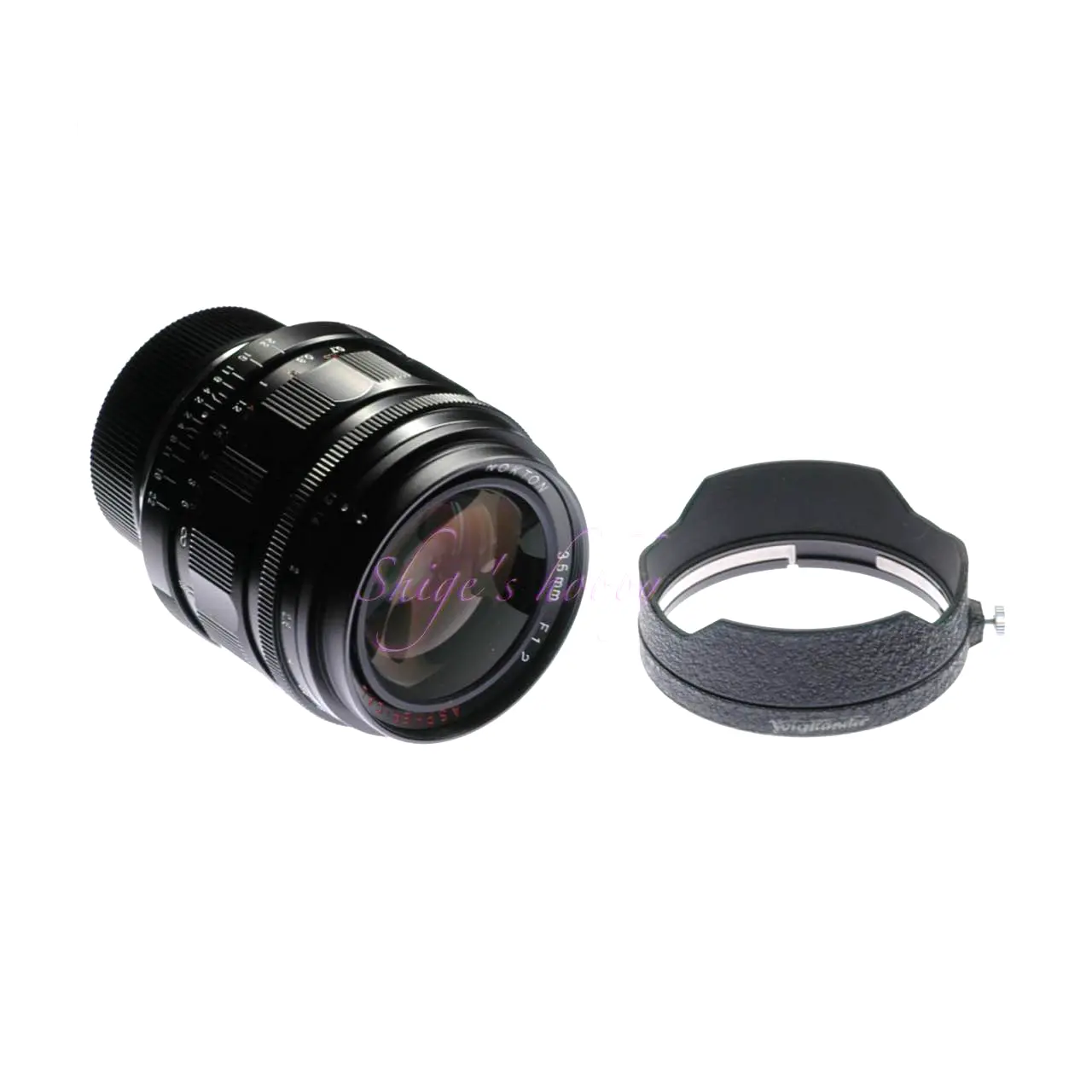
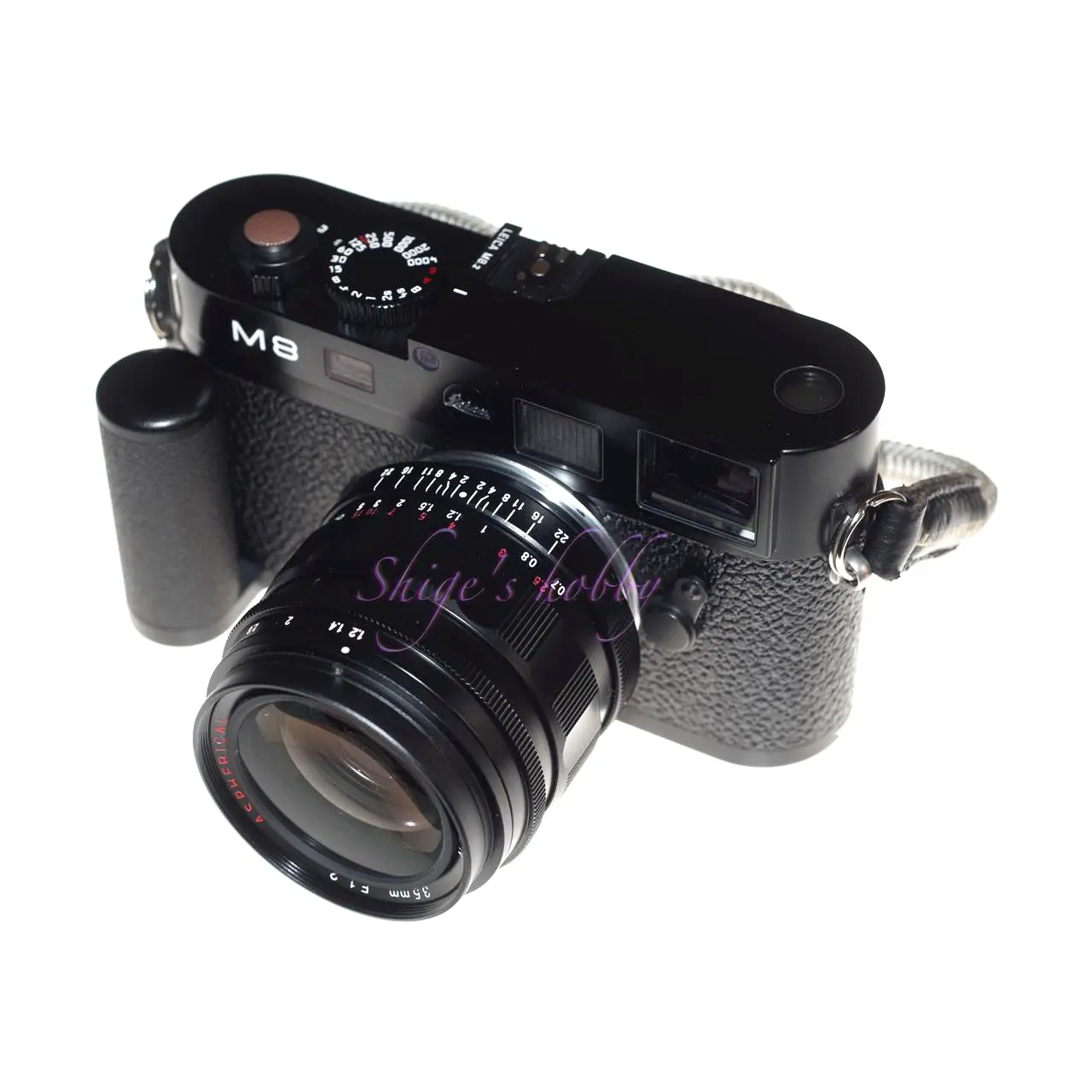
1.Overview
The Nokton VM 35mm F1.2 is a Voigtlander M-mount wide-angle lens released in 2003.
The main specifications are as follows, with details listed in the table.
- Aperture F value: 1.2
- Lens construction: 10 elements in 7 groups
- 2 aspherical lenses with 3 surfaces
- Aperture blades: 12
- Minimum focusing distance: 0.7m
- Leica M rangefinder camera rangefinder linkage: 0.7m
- Hood: Dedicated horizontal screw-on hood
- Voigtlander LH-3
- Included hood
- Lens color variations: Silver and black
2.Usability
The Nokton VM 35mm F1.2 debuted as the brightest 35mm lens, and is still one of the brightest lenses, along with Sigma’s 35mm F1.2 for mirrorless cameras.
Because it is a lens with a large barrel, it can be a little difficult to use, as it can kick the viewfinder frame, but it is brighter and cheaper than the Summilux, so it has been useful for a long time on the Epson R-D1, Leica M8, and HEXAR-RF.
The lens is huge for rangefinder cameras, and part of the barrel is covered by the viewfinder, making it difficult to see the bottom right of the viewfinder frame. There is no double image, so there is no problem with focusing.
The image is compatible with Kodachrome, and you can enjoy delicate imagery and bold bokeh. The background bokeh can be a little dirty, but this is unavoidable since it is a large-diameter lens.
I purchased the lens fairly soon after its release and used it with the EPSON R-D1. I bought a Leica M8 and when I tried to attach the lens to the camera, I encountered a problem where it would not fit properly. When I consulted Cosina, they told me that the wall in front of the sensor, which houses the sensor smaller than the 35mm format of the Leica M8, interfered with the guard of the rear lens, so I sent it to Cosina and paid a fee to have the rear end of the lens repaired.
The original Leica Summilux 35mm F1.4 also had a similar problem, so it’s an interesting coincidence. I asked Leica to repair the Summilux 35mm.
As of 2024, there shouldn’t be many people using this lens with the Leica M8, so I don’t think you’ll encounter this problem very often, but it’s good to know that the rear lens part of the first Nokton 35mm F1.2 may come into contact with the sensor wall of the M8 depending on the manufacturing date of the lens. If it does not fit properly, be careful not to force it on as it may damage the lens and camera.
The limited edition silver version is sold at a high price, but the lens specifications are the same as the black version.
A limited edition silver version is sold at a high price, but the lens specifications are the same as the black version.
This first-generation NOKTON 35mm f1.2 comes with two types of hoods: a hood with the same diameter as the lens, and a hood called LH-3 with a wider tip. Both have a crepe coating on the surface, which is more elaborate than the second-generation hoods that are just painted.
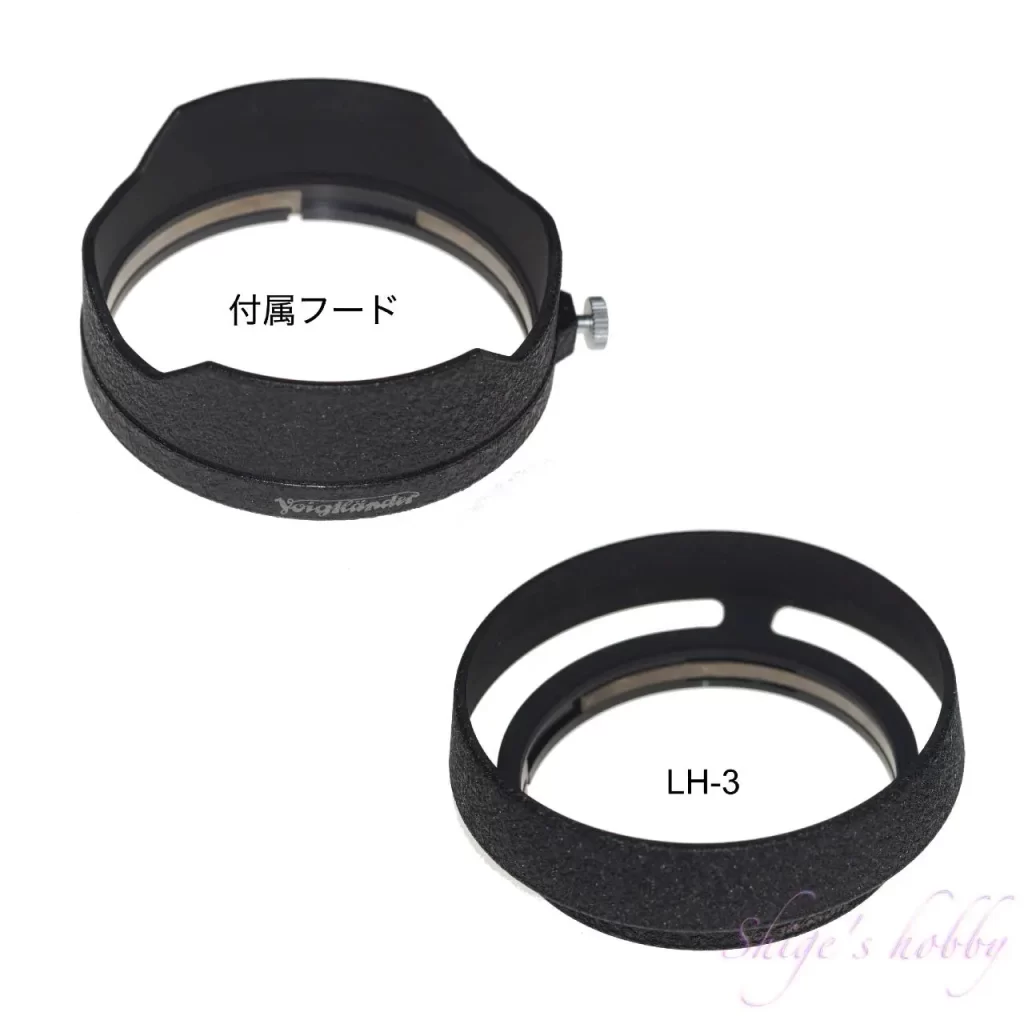
3.Summary
In conclusion, To sum up the Nokton VM 35mm F1.2, it is a large lens for a rangefinder camera, and since it has become smaller with each model change, the only advantage to choosing this early model is the low second-hand price.
If you can ignore the size, it is a lens that produces modern, high-quality images and is therefore recommended.
Specification and Competitor
The first and second generation Nokton 35mm F1.2 have the same lens configuration, and the third generation and the one for Sony E have the same lens configuration. In the PDF distributed by Cosina, it is clearly stated that the front glass of the second generation is anomalous dispersion glass, and although the lens shape looks the same as the first generation, the material may have changed. I used the second generation a little, but I didn’t notice any significant difference. The third generation has a different lens configuration, so I’m interested to see if the depiction will change, but I don’t have any plans to compare them at the moment.
There are also lenses of the same name for Nikon Z and Fujifilm X, but the Nokton 35mm F1.2 for these two manufacturers are lenses for APS-C sensors, and are a different type of lens from the lens introduced here.
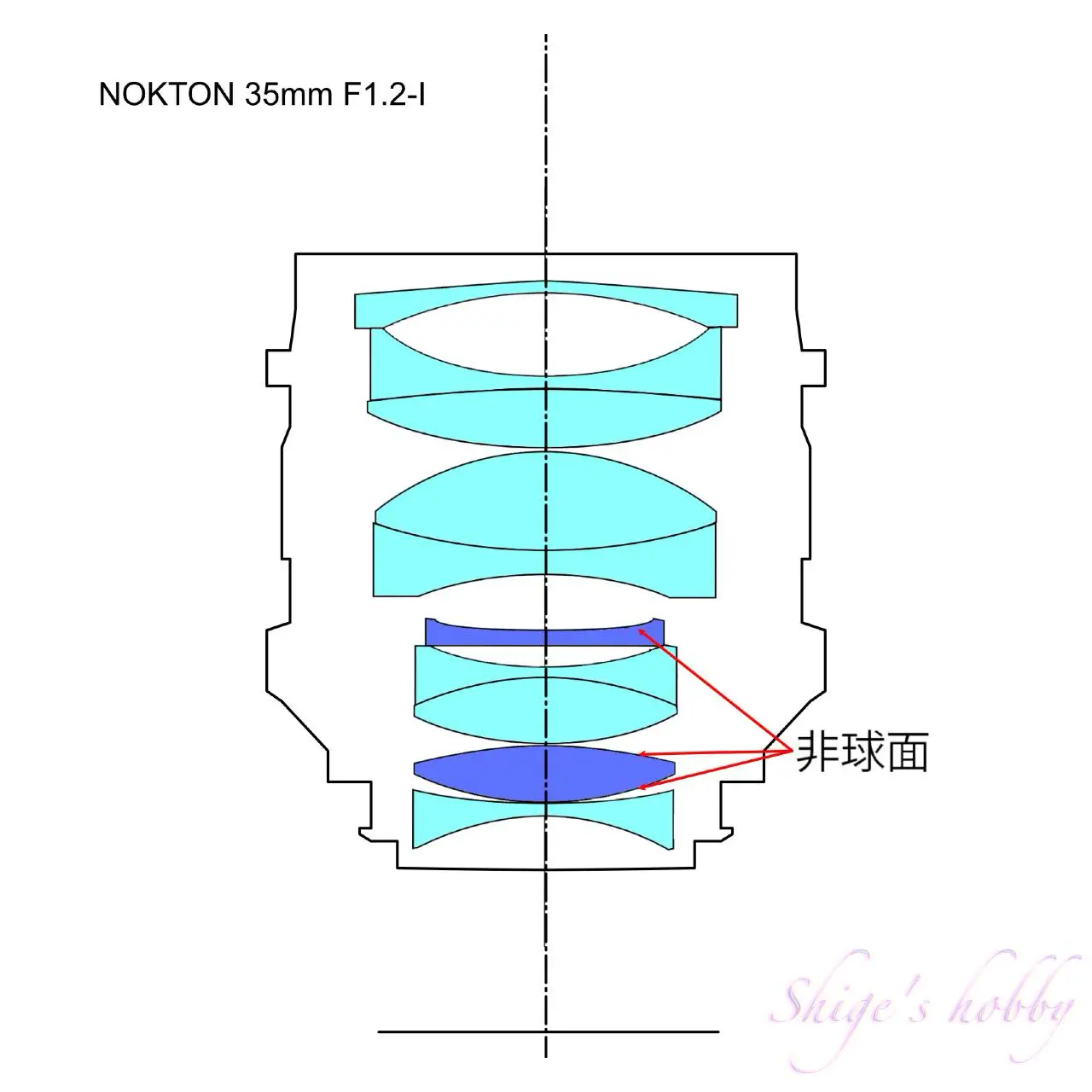
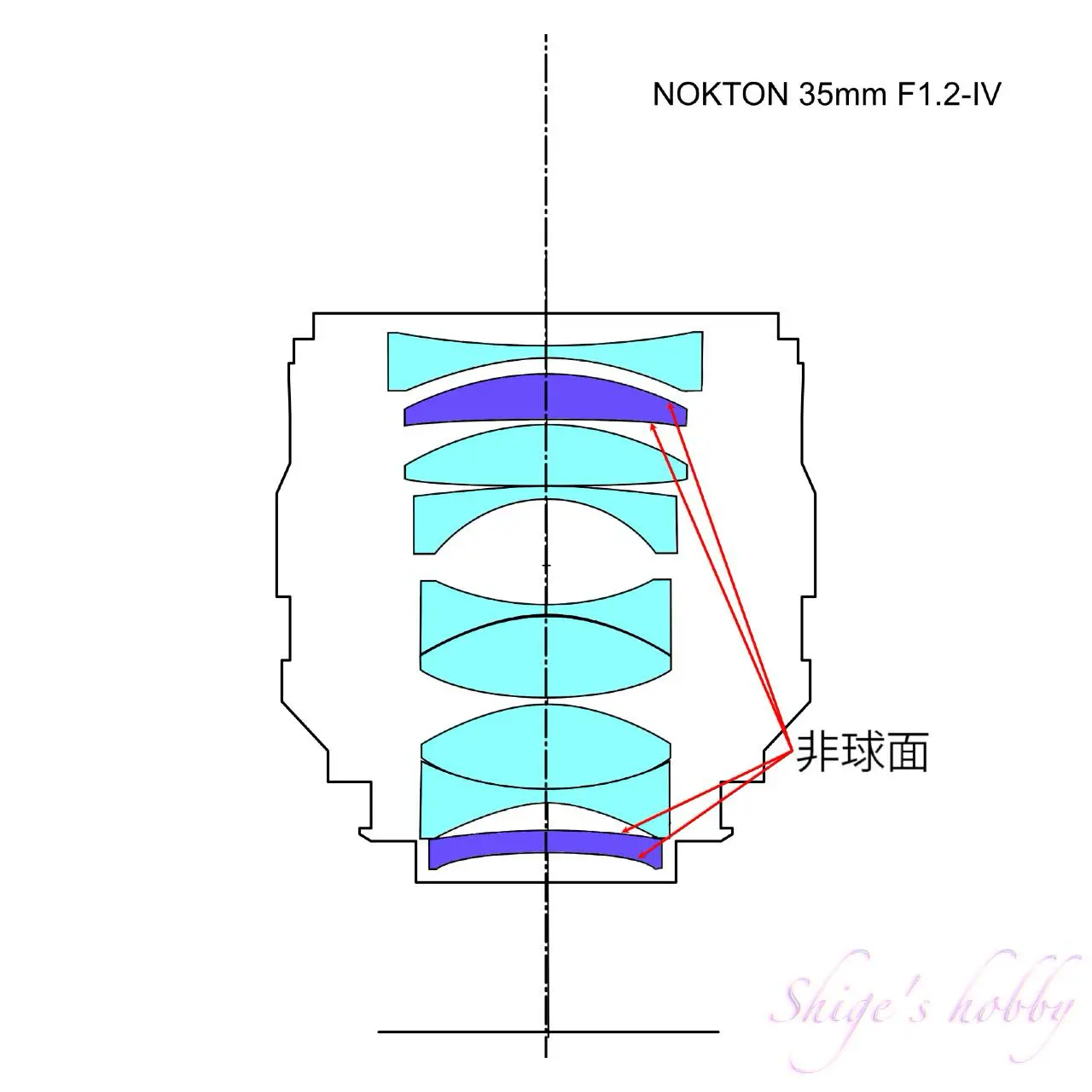
| Items | NOKTON (1st) | NOKTON (4th) |
| Focal length(mm) | 35 | 35 |
| Max aperture | 1.2 | 1.2 |
| Min aperture | 22 | 22 |
| Leaf blade | 12 | 12 |
| Lens Construction | 10elements 7groups | 9elements 7groups |
| Min distance(m) | 0.7 | 0.5 |
| Lens length(mm) | 77.8 | 50.5 |
| Max diameter(mm) | 63 | 60.8 |
| Filter Size(mm) | 52 | 52 |
| Hood | LH-3 | LH-14 |
| Weight(g) | 490 | 332 |
| Lens mount | VM | VM |
| Release date | 2003 End of production | 2025.5 |
| Price(Yen/No-tax) | 135,000- | 135,000 |
Reference links
- COSINA product PDF (Nocton 35mm)
- Leica lenses around the world Part 3/amazon affiliate link
- NOKTON 35mm F1.2 Silver Release Information/Digital Camera Watch
- NOKTON 35mm F1.2 2 type release information/digital camera watch
- NOKTON 35mm F1.2 first generation Yodobashi Camera
Update history
- 2025.7.4
- 2025.4.27
- 2024.04.20
Affiliate link
- Please see the disclaimer regarding advertising here.
- Italicized links in the text are advertisement links that take you to other sites.
- Voigtlander lens・Ads by Amazon
- Voigtlander books・Ads by Amazon


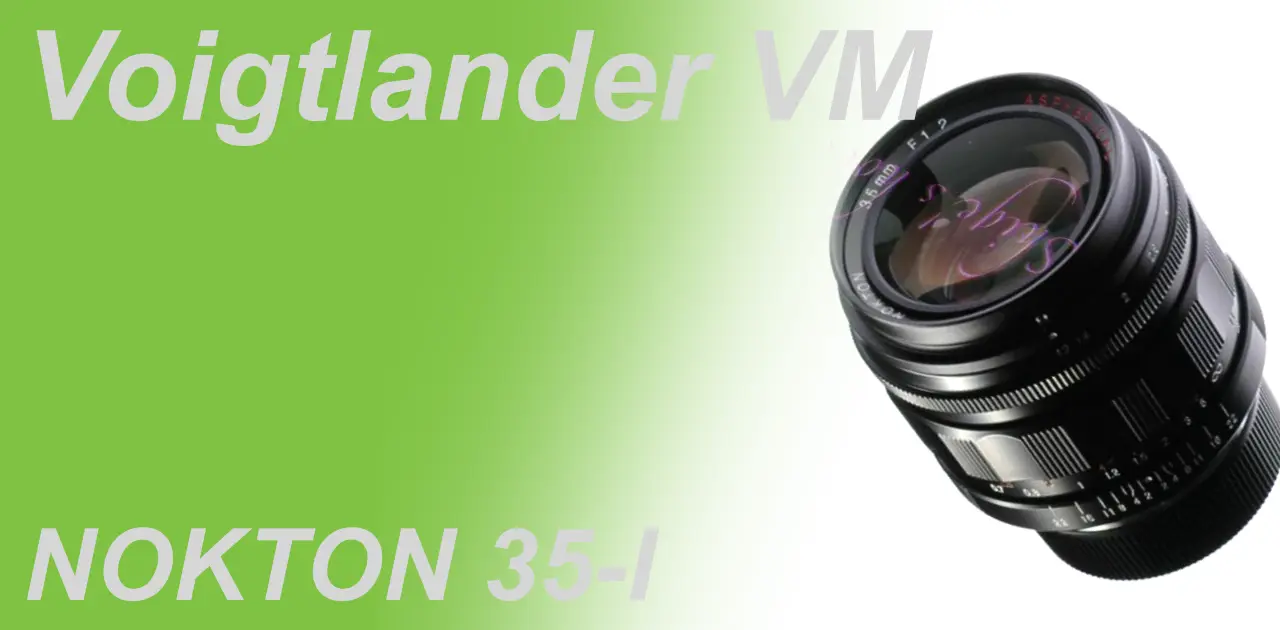

Be First to Comment